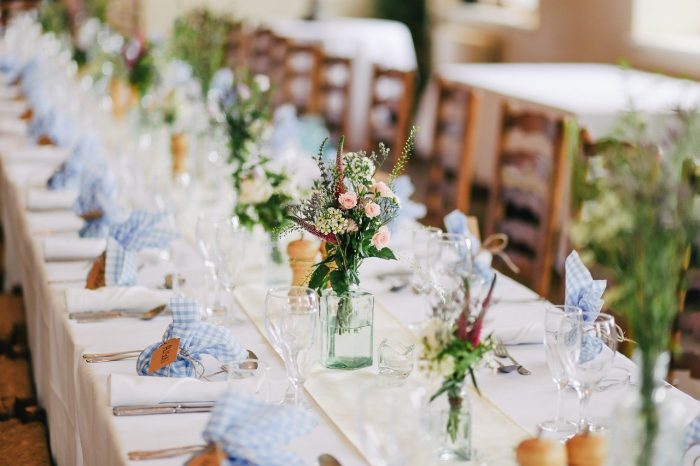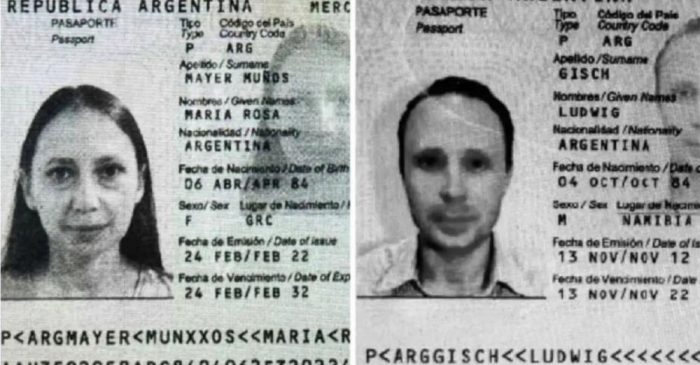By Leah S. Dunaief

Publisher
Maine is a beautiful state. It is also a long drive from my house, as we knew before we started the drive. We were heading to a wedding in the Camden area, and the nice thing about going by car was that we didn’t have to fit all the special clothes into a suitcase. We could just hang them up in the back seat, put a few basics into a small suitcase, and we were off.
This was to be a unique wedding in our experience: no ceremony. We were going to party all weekend with relatives and dear friends and a bride and groom that had married the week before.
Guests came from all over the United States to party. They came from the northwest states, the Rockies, the Midwest and the South to wish this modern couple well and witness a truly modern event.
It began with invitations via email. When you consider that traditional snail mail wedding invitations from save-the-date to breakfast the day after run a couple about to tie the knot an average of $530, this was a clever cost-saving move. It should be said, though, that this couple is not average.
For one, they are 36 years old, late to the party, which averages 29 for the groom and 27 for the bride nationally. So they have learned a thing or two about wedding costs.
Second, she is an event planner and was able to put her considerable experience helping other couples spend their money to saving for a leaner wedding, notwithstanding the guest list of some 140.
While we did not witness the solemn event during which they would pledge their everlasting love, we did hear remarks from the siblings, cousin, mother and father of the groom, mother and father of the bride in a kind of spontaneous fashion rather than according to ritualistic assignments. We didn’t know who was to speak next until they gave their prepared remarks.
The setting along the shore was both bucolic and rustic. Indoor activities, like dancing and hors d’œuvres, were in a barn-like structure that boasted chandeliers. The building was set on a long, grassy lawn that led to the beach, and guests enjoyed walking its length to the water and, since it was early evening, watching the sun set.
Dress, as you might have guessed, was Maine Cocktail. Many of the men wore trousers and sports jackets. Not many of the younger men wore suits. The women‘s attire was varied, from long dresses to cocktail length and pants, mostly adorned with flowered patterns and lots of summer colors.
The food was as varied as the dress. Appetizers included pastrami knishes, egg roll hot dogs and crab Rangoon. The Maine course included a buffet, offering brisket, mac and cheese, BBQ chicken, a vegetarian dish and copious salad — all happy food.
As original as this wedding may sound, it is something of a trend today. Just as dating apps and zoom weddings have become accepted, so have text message and email invites joined the era of digital romance. It is all part of a post-pandemic culture shift toward more casual gatherings. Some folks like it better. As Vogue magazine wrote, “The non-wedding wedding with less traditional clothing, casual food and spontaneous photography are growing in popularity.”
And of course, this movement is prompted by increasing wedding costs. This more relaxed type of wedding is more affordable than the traditional highly structured wedding of yore. And a lot of fun.
PS: I thank Jeff Crilley, who publishes digitally “The Rundown” for journalists, for sharing the above observations.














